Traverse City State Park
Rate this placeLast Updated: January 2, 2026
Traverse City State Park, located in the state of Michigan, offers visitors a variety of reasons to explore its natural beauty and recreational opportunities.
°F
°F
mph
Wind
%
Humidity
Summary
Situated on the picturesque shores of West Grand Traverse Bay, this state park is a popular destination for outdoor enthusiasts, families, and nature lovers.
One of the main reasons to visit Traverse City State Park is its stunning beach. With over 1,500 feet of sandy waterfront, visitors can relax, swim, sunbathe, or build sandcastles. The crystal-clear waters of Lake Michigan provide an excellent spot for water activities like kayaking, paddleboarding, and fishing.
The park offers a range of amenities and facilities, including picnic areas, grills, and a playground, making it an ideal spot for family outings. There are also several hiking trails that wind through the park, allowing visitors to explore the surrounding wooded areas and enjoy nature walks.
Traverse City State Park offers a few noteworthy points of interest. The park is home to the TART Trail, a popular paved recreational trail that stretches for miles, connecting Traverse City with other nearby towns. This trail is perfect for biking, walking, or jogging while enjoying scenic views of the bay.
In addition, the park is located near the renowned Sleeping Bear Dunes National Lakeshore, a must-visit attraction. Just a short drive away, visitors can witness the towering sand dunes, hike through lush forests, and admire breathtaking vistas of Lake Michigan.
Interesting facts about Traverse City State Park include its rich history. The park was originally established in the 1930s and has since become a beloved destination for locals and tourists alike. The area was once inhabited by the Anishinaabe people and has a rich Native American heritage.
The best time of year to visit Traverse City State Park is during the warmer months, from late spring to early fall. The park offers the most amenities and activities during this time, including swimming, beach activities, and hiking. The fall season, with its vibrant foliage, is also a popular time to visit.
To ensure the accuracy of the information provided, it is always recommended to verify details across multiple independent sources, such as official park websites, travel guides, and reliable tourism sources.
Weather Forecast
Park & Land Designation Reference
Large protected natural areas managed by the federal government to preserve significant landscapes, ecosystems, and cultural resources; recreation is allowed but conservation is the priority.
State Park
Public natural or recreational areas managed by a state government, typically smaller than national parks and focused on regional natural features, recreation, and education.
Local Park
Community-level parks managed by cities or counties, emphasizing recreation, playgrounds, sports, and green space close to populated areas.
Wilderness Area
The highest level of land protection in the U.S.; designated areas where nature is left essentially untouched, with no roads, structures, or motorized access permitted.
National Recreation Area
Areas set aside primarily for outdoor recreation (boating, hiking, fishing), often around reservoirs, rivers, or scenic landscapes; may allow more development.
National Conservation Area (BLM)
BLM-managed areas with special ecological, cultural, or scientific value; more protection than typical BLM land but less strict than Wilderness Areas.
State Forest
State-managed forests focused on habitat, watershed, recreation, and sustainable timber harvest.
National Forest
Federally managed lands focused on multiple use—recreation, wildlife habitat, watershed protection, and resource extraction (like timber)—unlike the stricter protections of national parks.
Wilderness
A protected area set aside to conserve specific resources—such as wildlife, habitats, or scientific features—with regulations varying widely depending on the managing agency and purpose.
Bureau of Land Management (BLM) Land
Vast federal lands managed for mixed use—recreation, grazing, mining, conservation—with fewer restrictions than national parks or forests.
Related References

 Traverse City State Park Campground
Traverse City State Park Campground
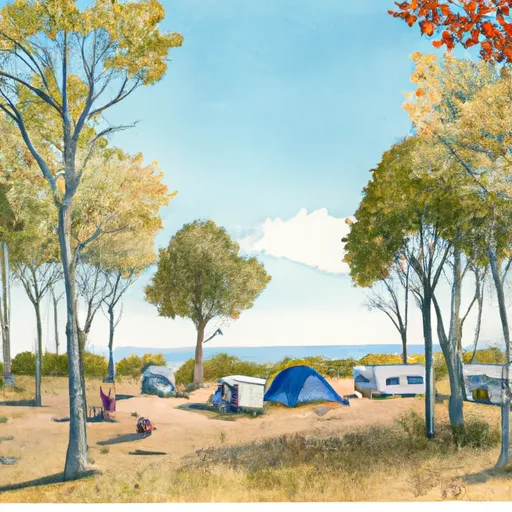 Traverse City State Park
Traverse City State Park
 Arbutus No. 4 - State Forest
Arbutus No. 4 - State Forest
 Arbutus Number Four State Forest Campground
Arbutus Number Four State Forest Campground
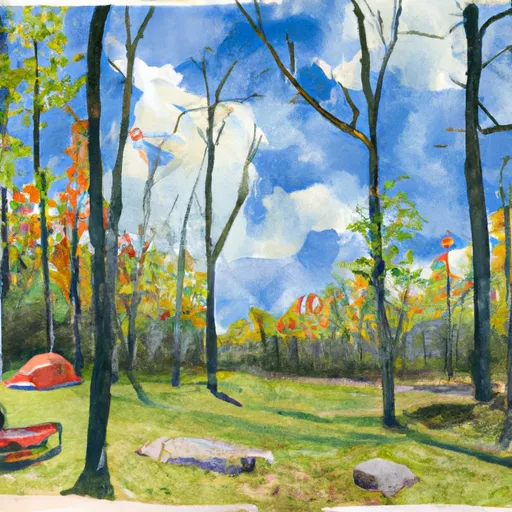 Schecks Place - State Forest
Schecks Place - State Forest
 Scheck's Place State Forest Campground
Scheck's Place State Forest Campground
 East Bay Park
East Bay Park
 Grand Traverse County Civic Center
Grand Traverse County Civic Center
 Clancy Park
Clancy Park
 Pelizzari Natural Area
Pelizzari Natural Area
 F And M Park
F And M Park
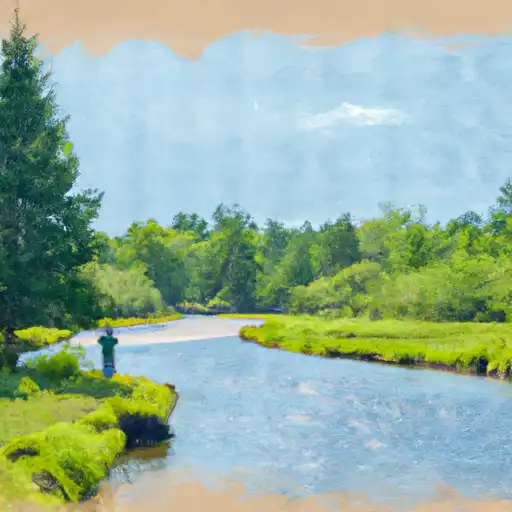 Boardman River
Boardman River
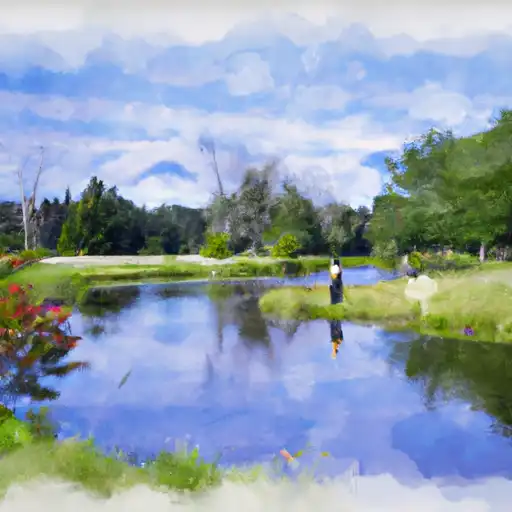 Kids Creek
Kids Creek
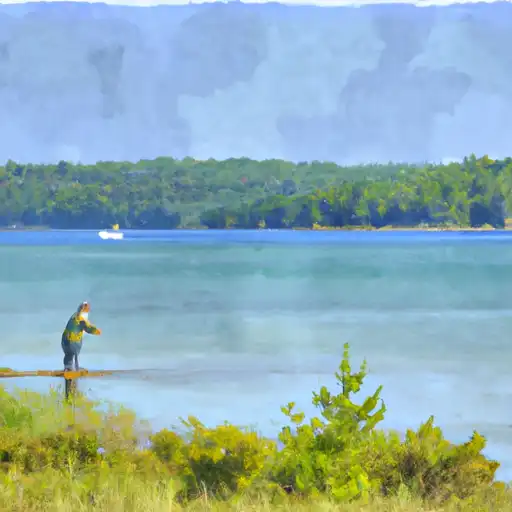 East Arm Grand Traverse Bay
East Arm Grand Traverse Bay
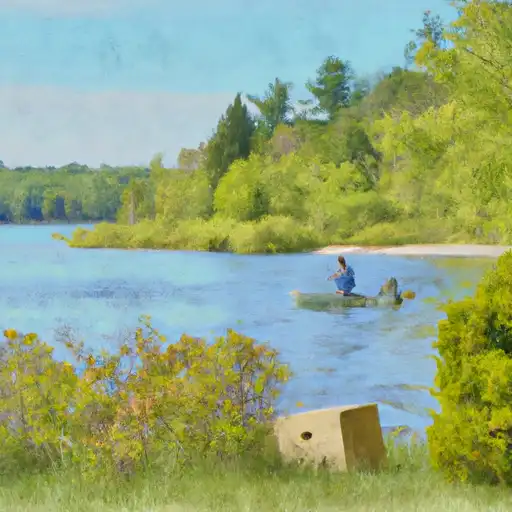 Lake Leelanau
Lake Leelanau
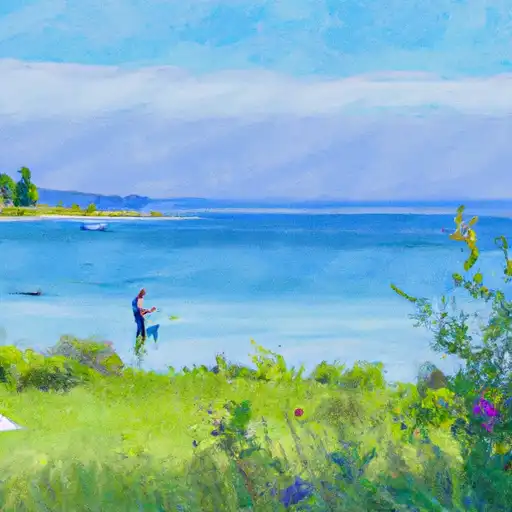 West Arm Grand Traverse Bay
West Arm Grand Traverse Bay